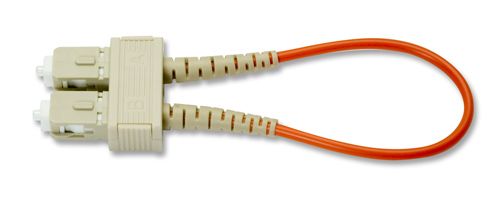

Chapter 19 of the CompTIA A+ Training Kit (Exam 220-801 and Exam 220-802), ISBN-10: 0735662681, covers all of the cable types and connectors in more depth. You can use the same procedure to view pictures for any type connectors introduced in this section. Enter search words such as fiber connectors, LC connector, SC connector, and ST connector. If you aren’t familiar with the different fiber connectors, check out. This is a round connector with a straight tip. The LC connector is a miniature version of the SC connector. Just as its name implies, this connector is square shaped. Some additional connectors commonly used with fiber cable include the following: A Lucent Connector (LC) is used with fiber cable. True or false? An LC is one of the common connectors used with fiber cable.Īnswer: True. There are three primary connectors you’ll see with fiber cables. Exam need to know.įor example: What types of connectors are used with fiber cable?įor example: What types of connectors are used with twisted-pair cable? What standards are used when wiring a twisted-pair cable?įor example: What are the two common connectors used with coaxial cable?įiber cable is made of a flexible glass material, and data is sent over the cable as light pulses. The next objective builds on these topics requiring you to know the characteristics of the cables. The most important thing you should know for this objective is the types of connectors used with each type of cable. The first objective in this domain introduces the three most common types of cables used for networks: fiber, twisted-pair, and coaxial. Objective 2.10: Given a scenario, use appropriate networking tools Objective 2.9: Compare and contrast network devices and their functions and features Objective 2.8: Identify various types of networks Objective 2.7: Compare and contrast Internet connection types and features Objective 2.6: Install, configure, and deploy a SOHO wireless/wired router using appropriate settings Objective 2.5: Compare and contrast wireless networking standards and encryption types Objective 2.4: Explain common TCP and UDP ports, protocols, and their purpose Objective 2.3: Explain properties and characteristics of TCP/IP Objective 2.2: Categorize characteristics of connectors and cabling Objective 2.1: Identify types of network cables and connectors

This chapter covers the following objectives: Technicians are often asked to help configure connectivity for different types of networks, and they need to know the functions and features of various devices, along with appropriate networking tools. Many networks use both wired and wireless connections, along with a router for Internet access. This includes network cables and connectors, network devices such as routers and switches, wireless connections, and common protocols used to control traffic over a network. Almost every computer you’ll service will be connected to a network, so it’s important to understand some basic networking topics. The Networking domain covers approximately 27 percent of the A+ 220-801 exam.


 0 kommentar(er)
0 kommentar(er)
